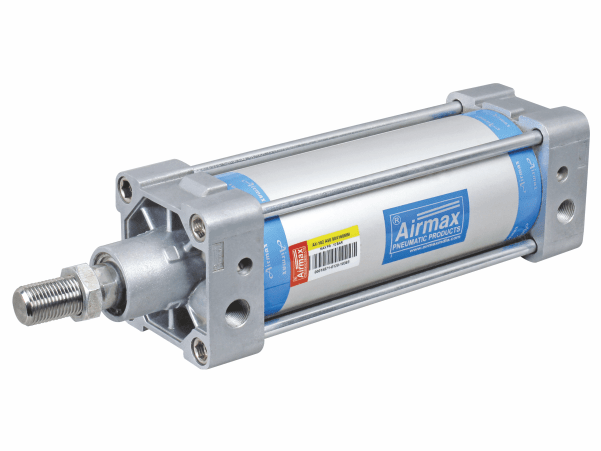Any individual who has ridden a bike with spring twist shields on hard undulating surfaces would know how one of a kind and compelling the damping is on pneumatic and water-driven daze. The current day stagger is an exceptionally bleeding-edge daze and vibration damping gear that works on either pressed aviation-based armed forces or fluids to dissipate the energy and the vibrations delivered from tire contact with the road surface. The stagger drive is dispersed through the Pneumatic and water-powered cylinders with a sliding cylinder plan inside. The cylinder is stacked up with fluid or air, as the need might be. Protections are found in the motor and vehicle suspensions just as in-plane landing gear, in exhausting equipment, in earth moving equipment, in oil rigs, and various other gigantic present-day mechanical assemblies. Comparative norm behind shields is used in rail transport which limits the yawing of interlopers from one side to another in a speedy moving train.
Pneumatic and pressure-driven damping structures contain pneumatic cylinders or water-powered cylinders which use a steel cylinder, a cylinder bar, a cylinder barrel plan to help pass on the damping sway. As compacted air or fluid moves into a pneumatic or water-powered cylinder, it pushes the cylinder up or down through the length of the cylinder. The reflex action of the cylinder is either instituted by either the pressed air or by a spring part, which brings back the spring to its remarkable position. These are moreover called Single Action Cylinders. Cylinders show up in a variety of types and may either be pneumatic cylinders, electro-pneumatic cylinders, pressure-driven cylinders, or electro-water-powered cylinders. Twofold Acting Pneumatic Cylinder (DAC) uses the force of air to move to, in an extended stroke and a pull-out stroke. Twofold Acting Cylinders have two ports, one for outstroke and one for in-stroke.

Valves present inside the pneumatic and cylinder help direct the movement of compacted air or fluids and keep up the load inside the load inside the pneumatic or water-powered cylinder. Some pneumatic cylinders show up at 1000 mm in width, and are used rather than cylinders for one-of-a-kind conditions where delivering water-powered oil could drive an over-the-top danger. Pneumatic and water-driven cylinders moreover find application in automated screens in train and streetcar entrances, and robotized exits that are checked and started by sensors. The low focusing on nature of strategy Pneumatic and water-driven cylinders engage a smooth, moderate speed movement and at a low weight which is a security thought in human busy time gridlock areas.